Introduction
Oxidation of organic compounds by dioxygen is a phenomenon of exceptional importance in nature, technology, and life. The liquid-phase oxidation of hydrocarbons forms the basis of several efficient technological synthetic processes such as the production of phenol via cumene oxidation, cyclohexanone from cyclohexane, styrene oxide from ethylbenzene, etc.
The intensive development of oxidative petrochemical processes was observed in 1950–1970. Free radicals participate in the oxidation of organic compounds. Oxidation occurs very often as a chain reaction.
Hydroperoxides are formed as intermediates and accelerate oxidation. The chemistry of the liquid-phase oxidation of organic compounds is closely interwoven with free radical chemistry, chemistry of peroxides, kinetics of chain reactions, and polymer chemistry. The science of oxidation processes developed intensively during the 20th century.
In the very beginning of this century, A.N. Bach and C. Engler formulated the peroxide conception of oxidation by dioxygen. H. Backstrom proved the chain mechanism of slow liquid-phase oxidation (1927). N.N. Semenov formulated the theory of chain oxidation with degenerate branching of chains applied to hydrocarbon oxidation (1934). A line of brilliant kinetic experiments was performed in the period 1960–1980 concerning elementary steps of liquid phase oxidation of hydrocarbons.
The results of these studies were collected in two volumes edited by W.O. Lundberg, Autoxidation and Antioxidants (1961) and monograph Liquid Phase Oxidation of Hydrocarbons written by N.M. Emanuel, E.T. Denisov, and Z.K. Maizus (1967).
The results of the study of oxidation of oxygen-containing compounds were systematized in the monograph Liquid-Phase Oxidation of Oxygen-Containing Compounds (E.T. Denisov, N.I. Mitskevich, V.E. Agabekov, 1977). Several new excellent experimental methods were developed in the second half of the 20th century for the study of free radical reactions.
A great body of kinetic data on reactions of alkyl, peroxyl, alkoxyl, and other radicals was obtained in many publications from 1960 to 1990 (see Database applied to the book). It was in 1990 that one of the authors of this monograph (E.T. Denisov) formulated the semiempirical model of any bimolecular homolytic reaction as a result of the intersection of two parabolic curves for the potential energy of reacting bonds.
This model uses empirical parameters and reaction enthalpy for the calculation of the activation energy, rate constants, and geometrical parameters of the transition state. The program is given in Database applied to the book as Electronic Application.
This program helps to calculate automatically these parameters for more than 340,000 elementary free radical reactions. The parabolic model appeared to be an excellent tool for performing the analysis of the reactivity of reactants in the chain reactions of oxidation.
The results of this analysis applied to reactions of peroxyl radicals with the CH bond of different organic compounds are given in Chapters 7–9. From the other side, oxidation processes in organic materials lead to negative consequences. Keeping and using various organic products in air often results in their rapid deterioration.
The first product to be stabilized by addition of antioxidant was natural rubber. Antioxidants are widely used now to prevent the oxidation of fuel, lubricant oils, organic semiproducts, monomers, polymeric materials, etc. Several books devoted to the chemistry and kinetics of antioxidant action were written, including Handbook of Antioxidants (E.T. Denisov and T.G. Denisova, 2000).
The reader finds in Part II of this book a main chemical mechanistic information about antioxidants and their action on the autoxidation of hydrocarbons, alcohols, and other organic compounds and polymers.
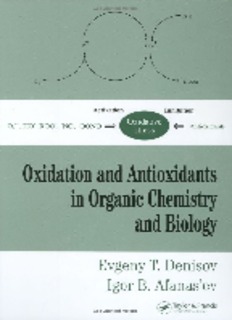
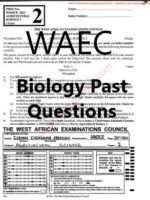
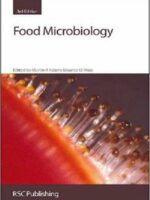
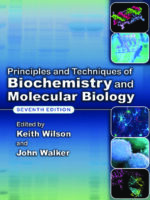
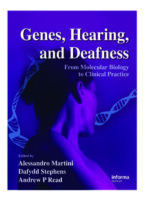
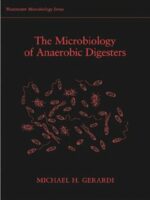


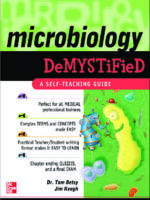
Be the first to review “Oxidation And Antioxidants In Organic Chemistry And Biology”